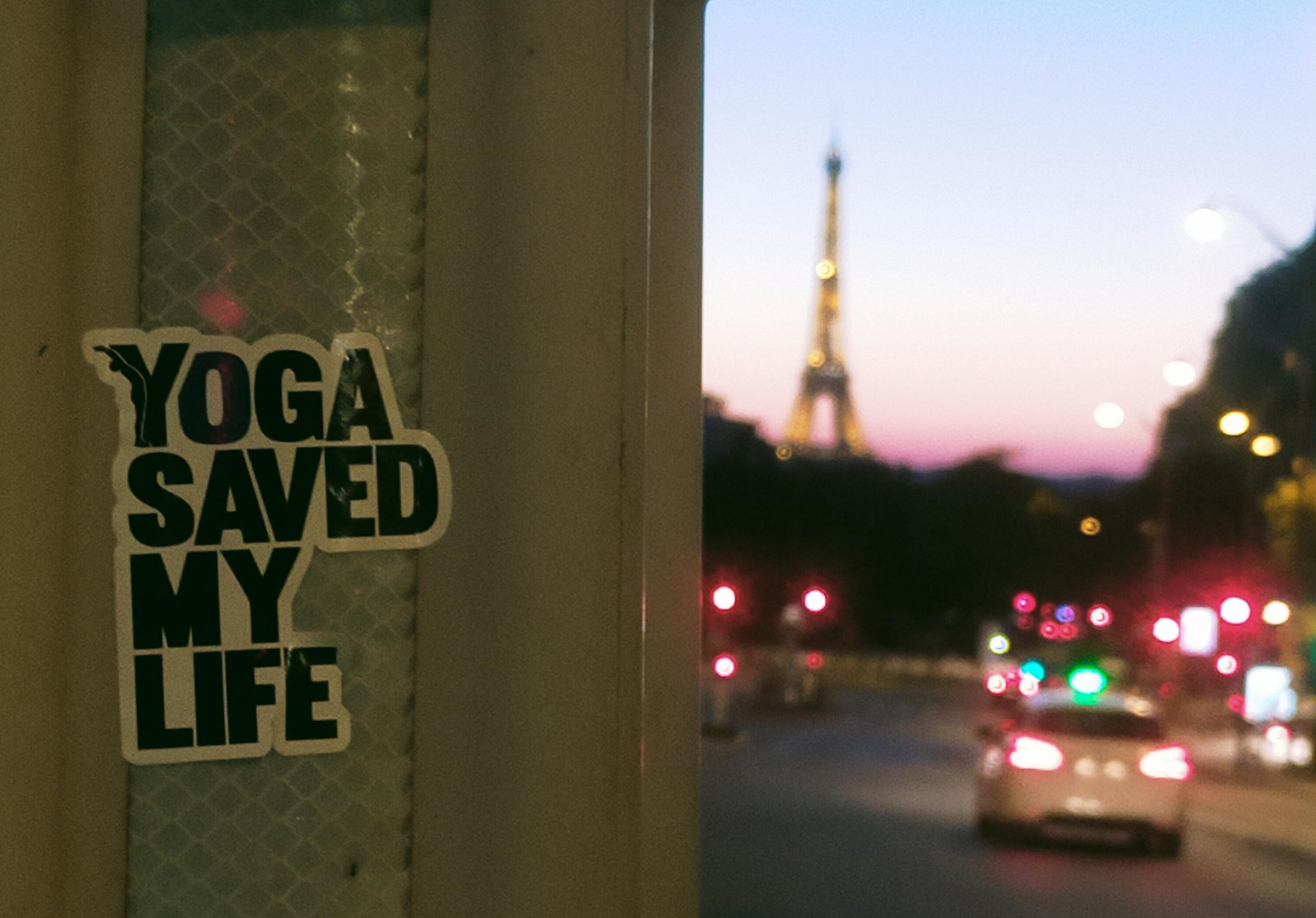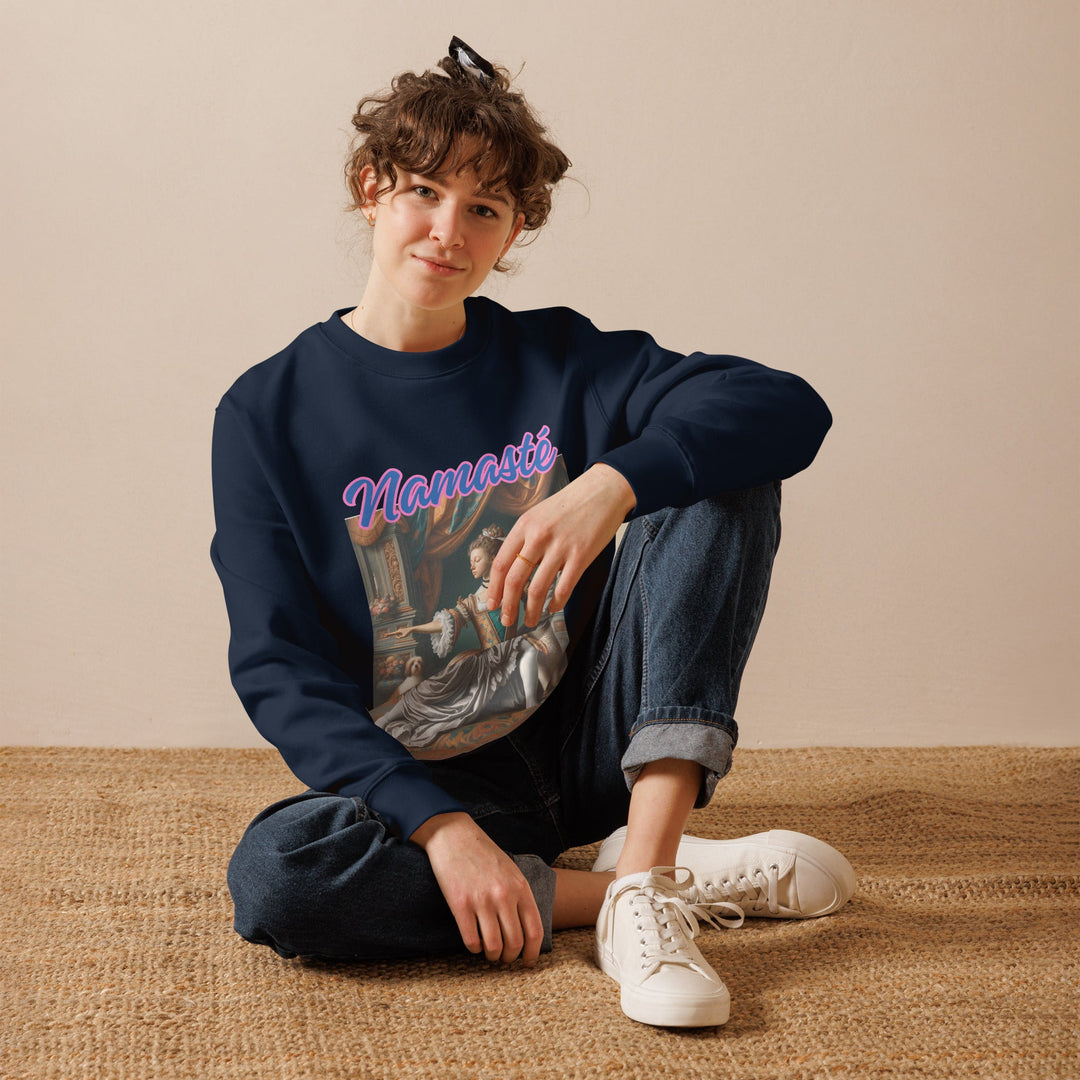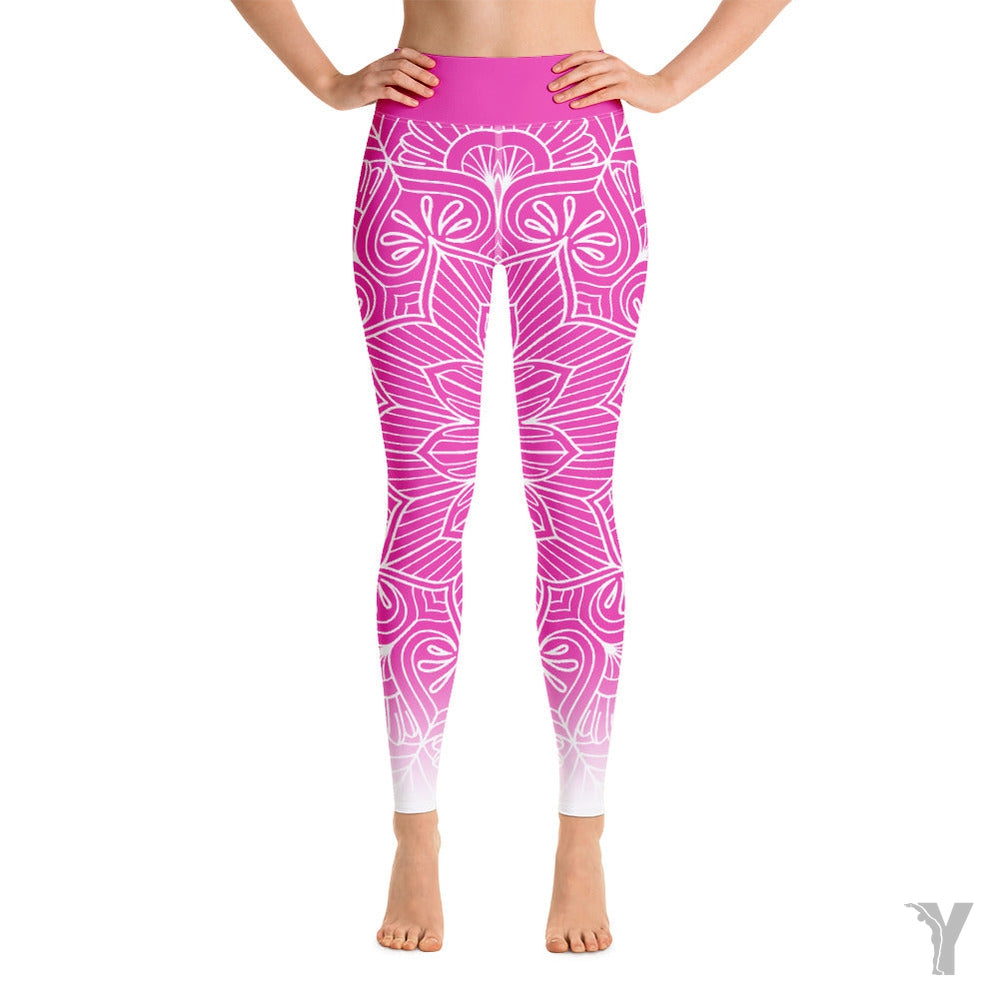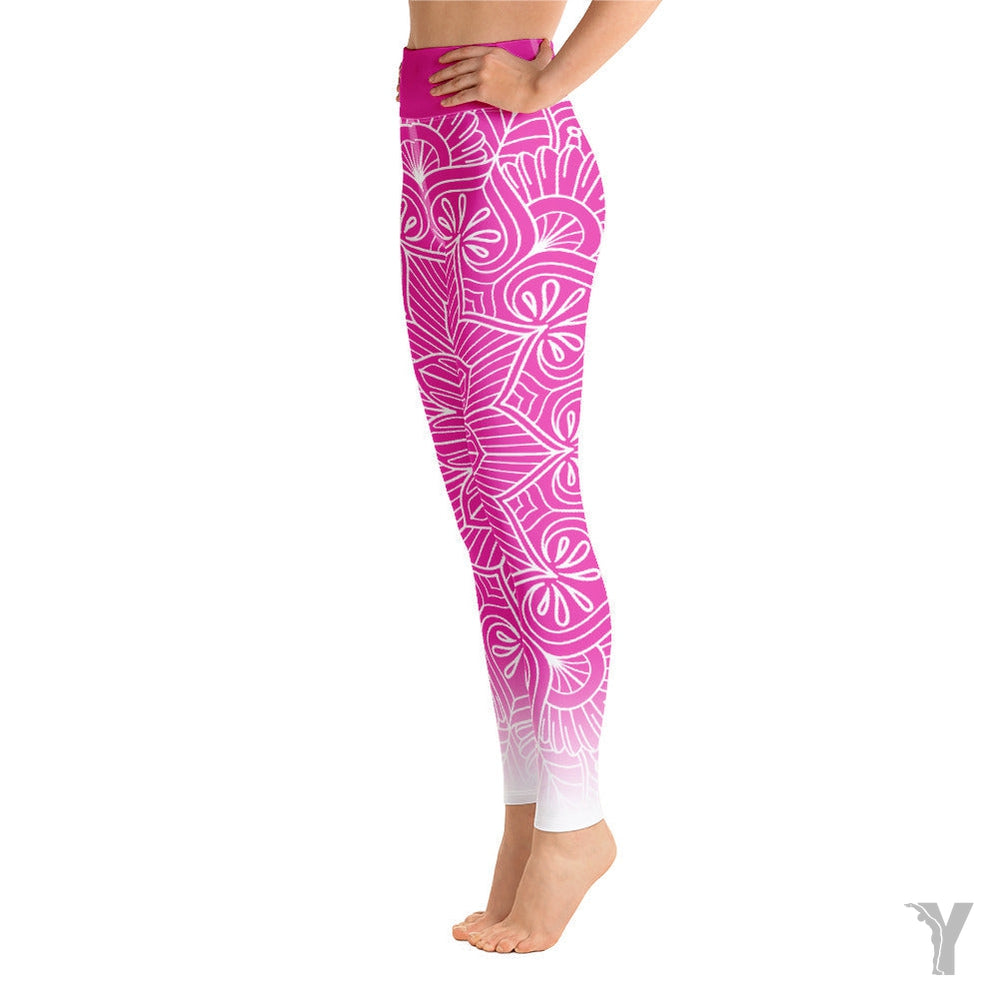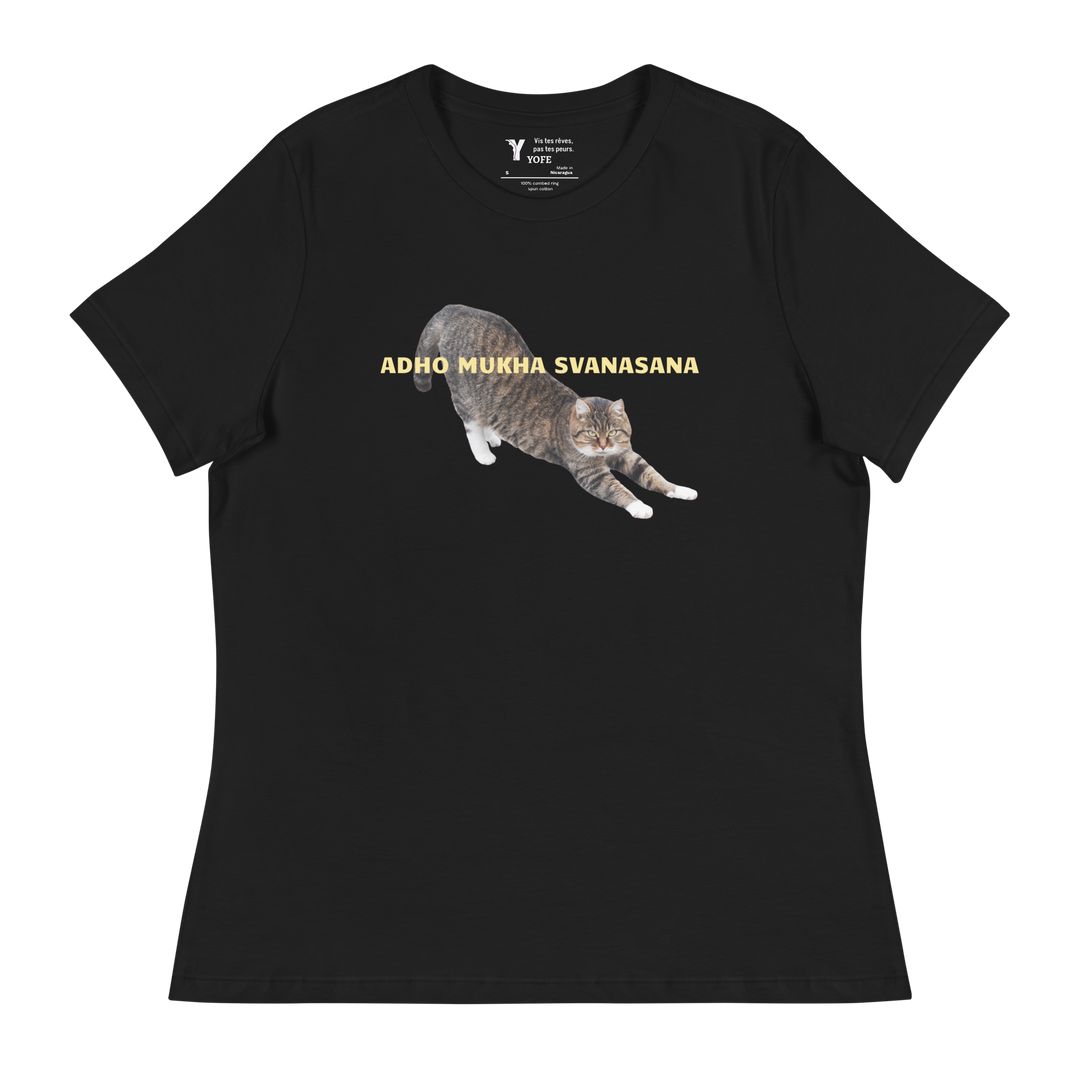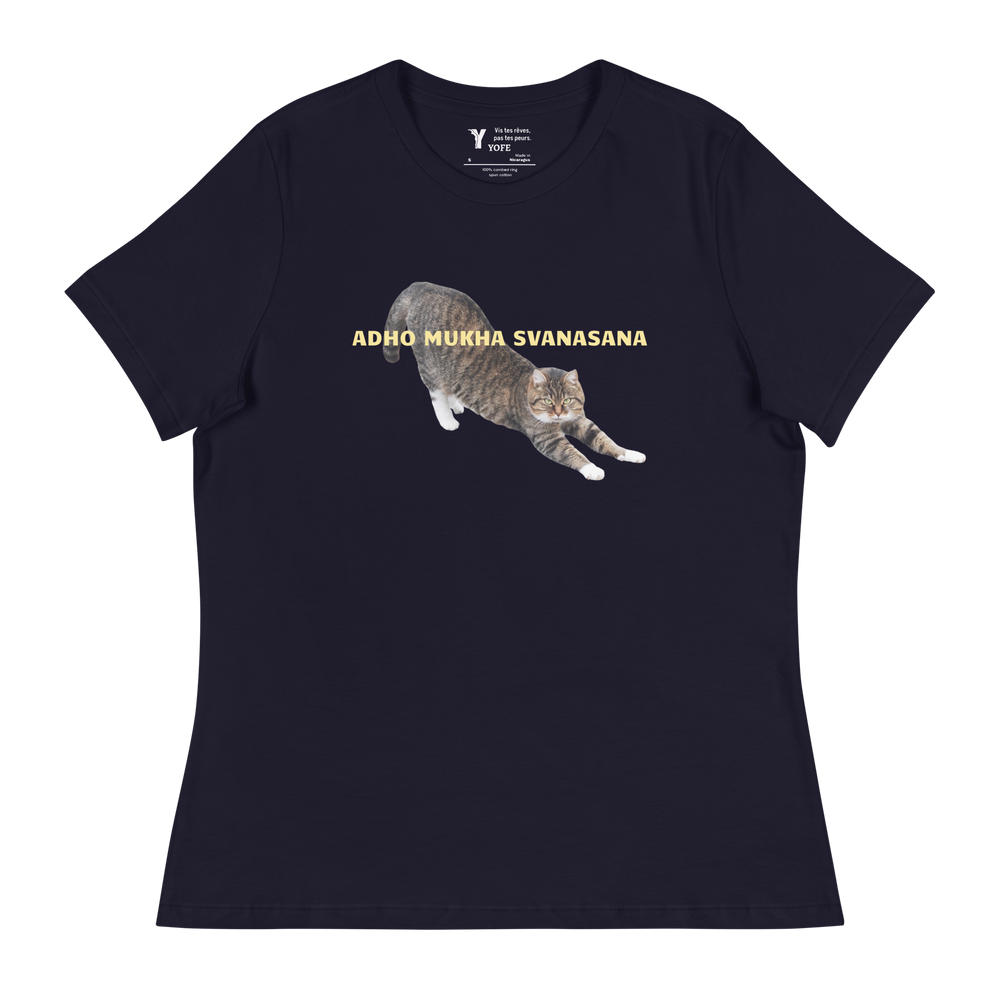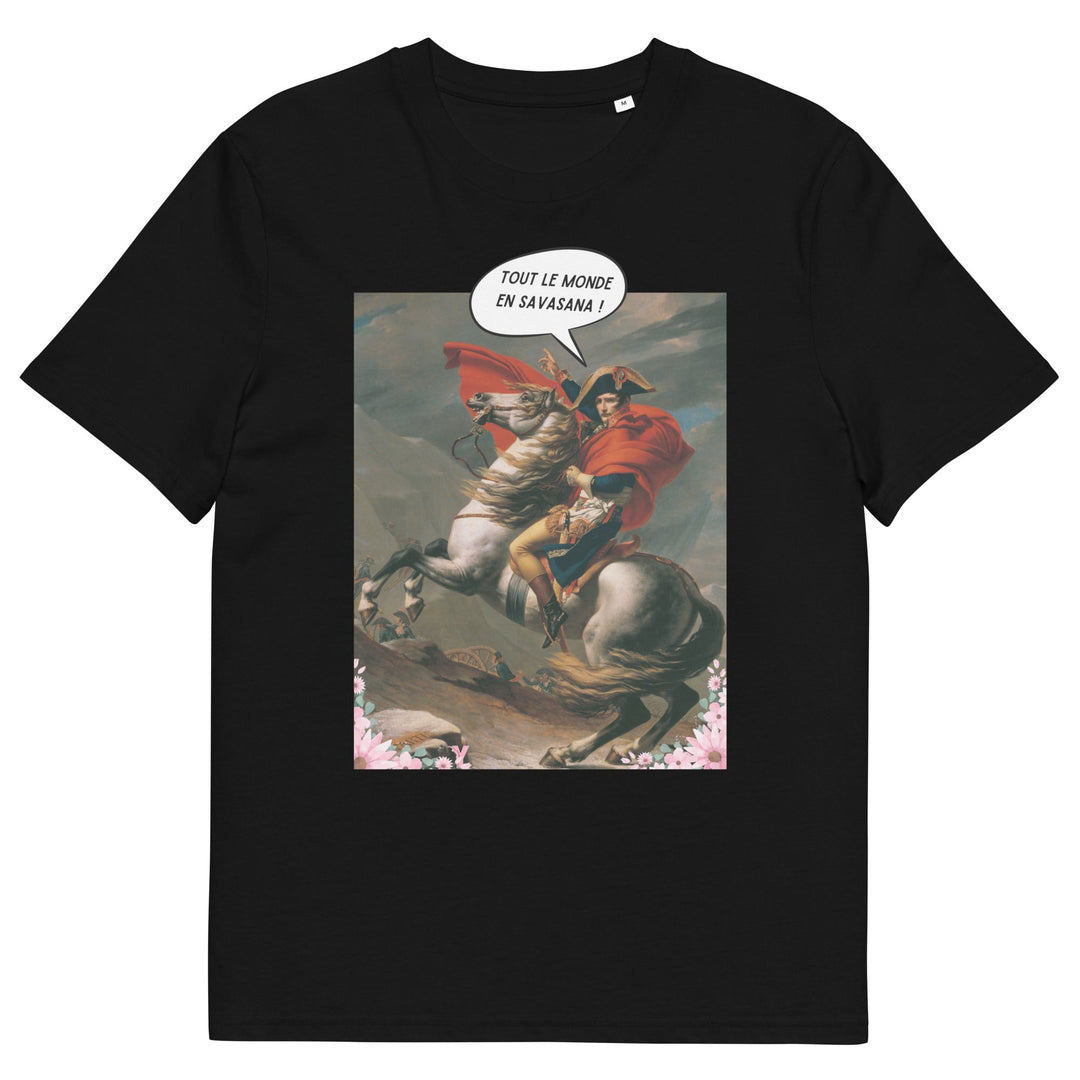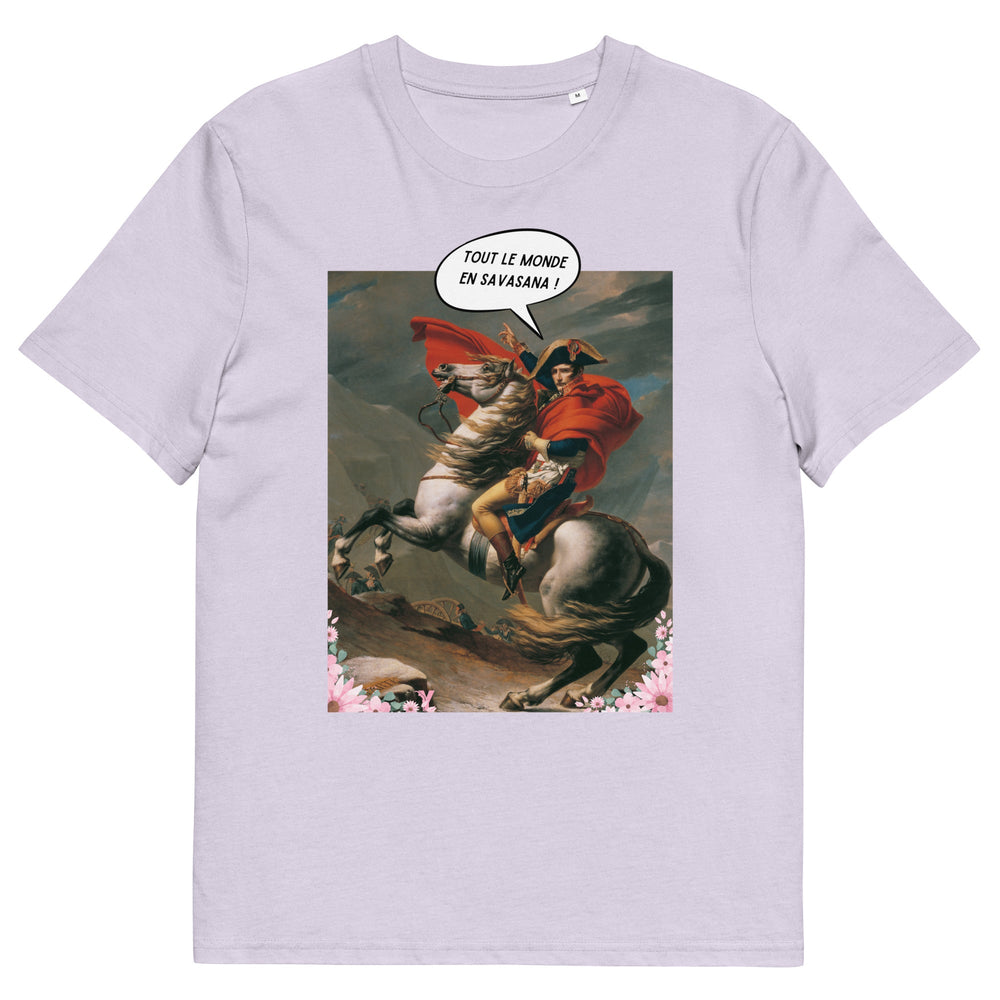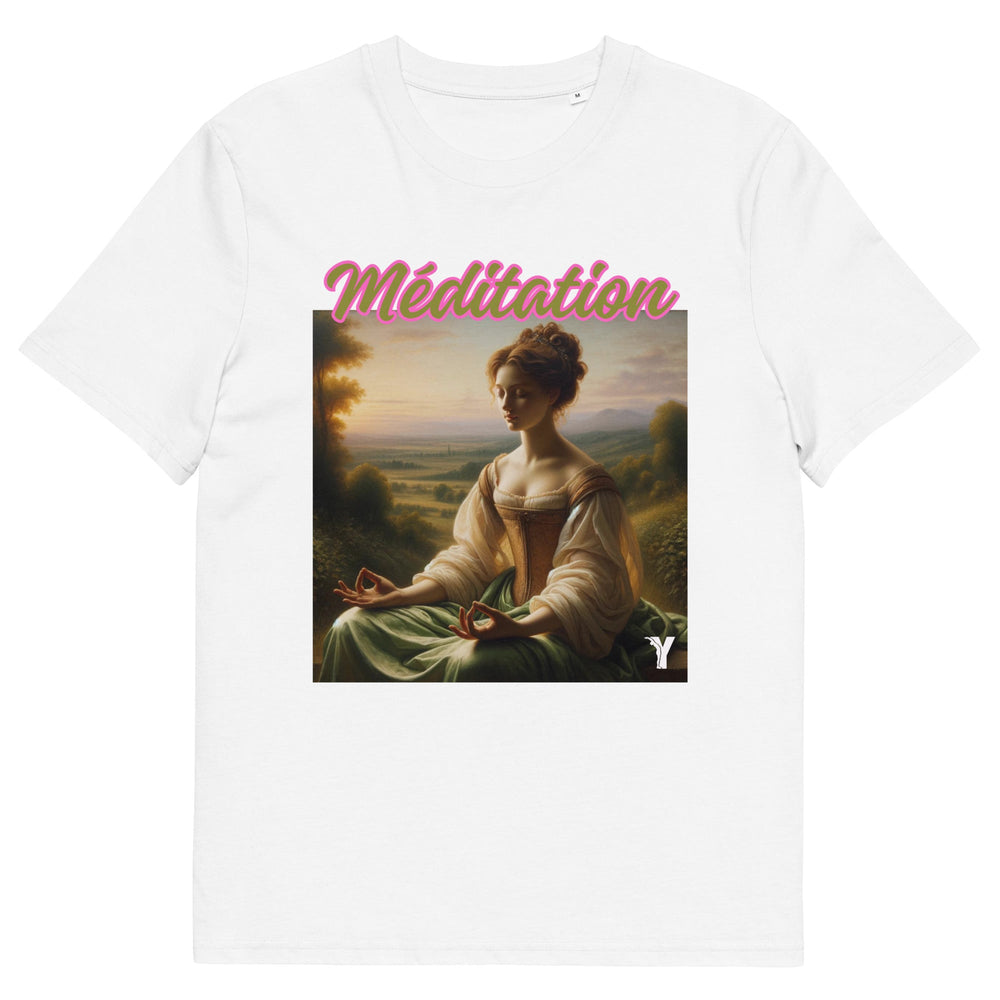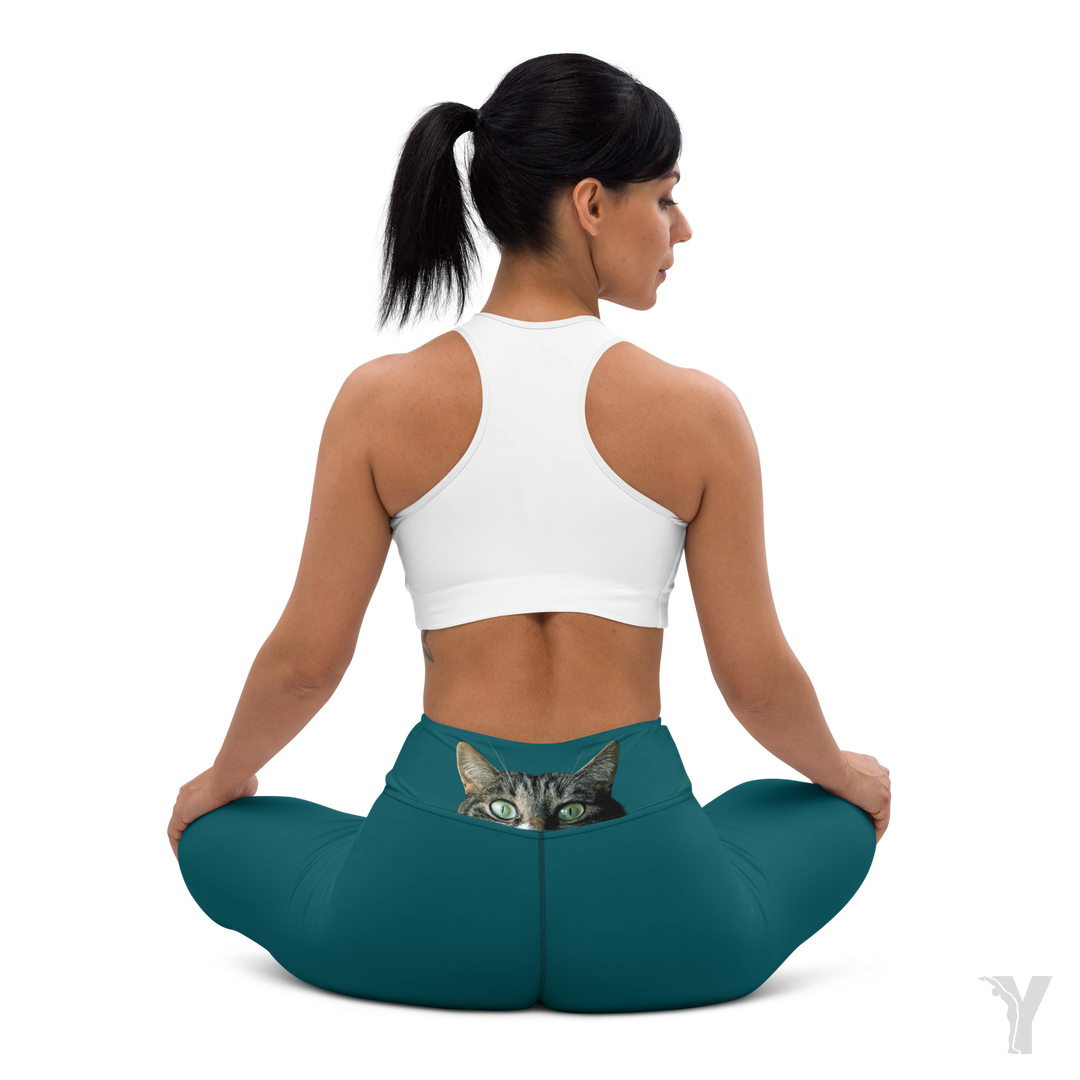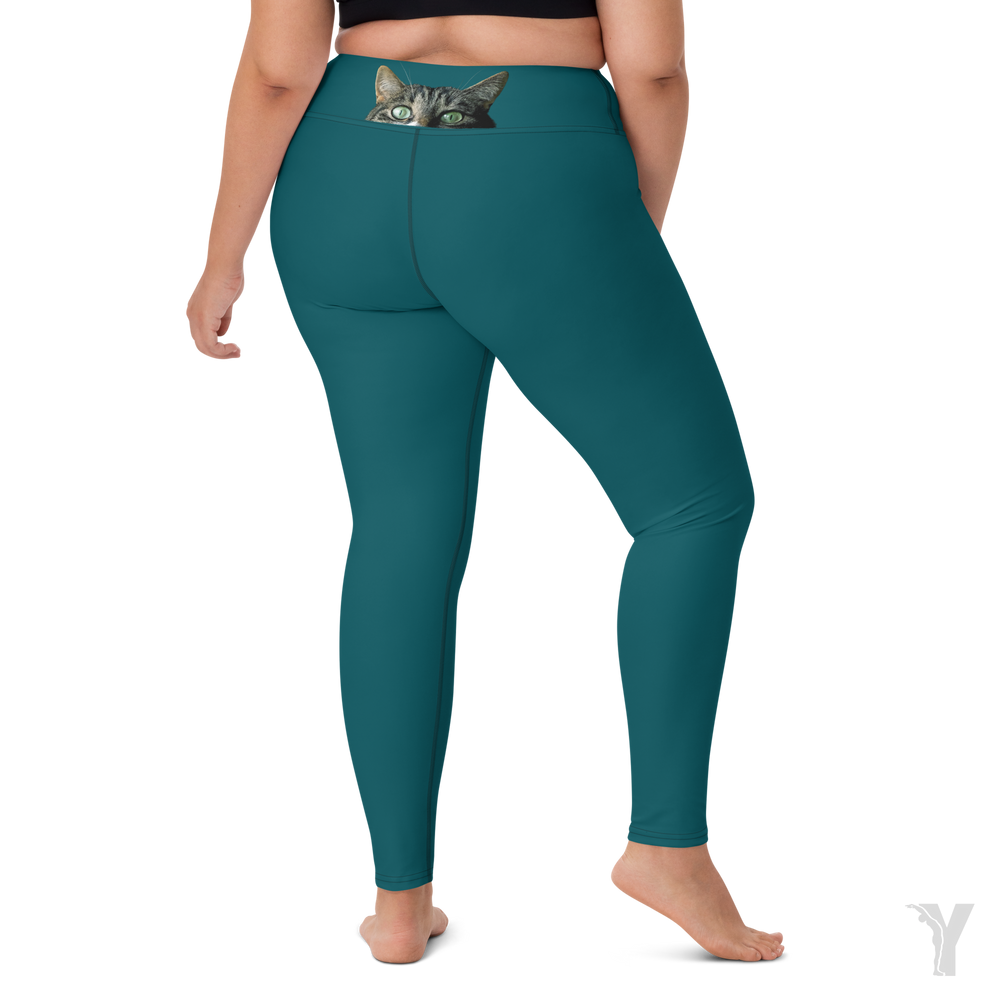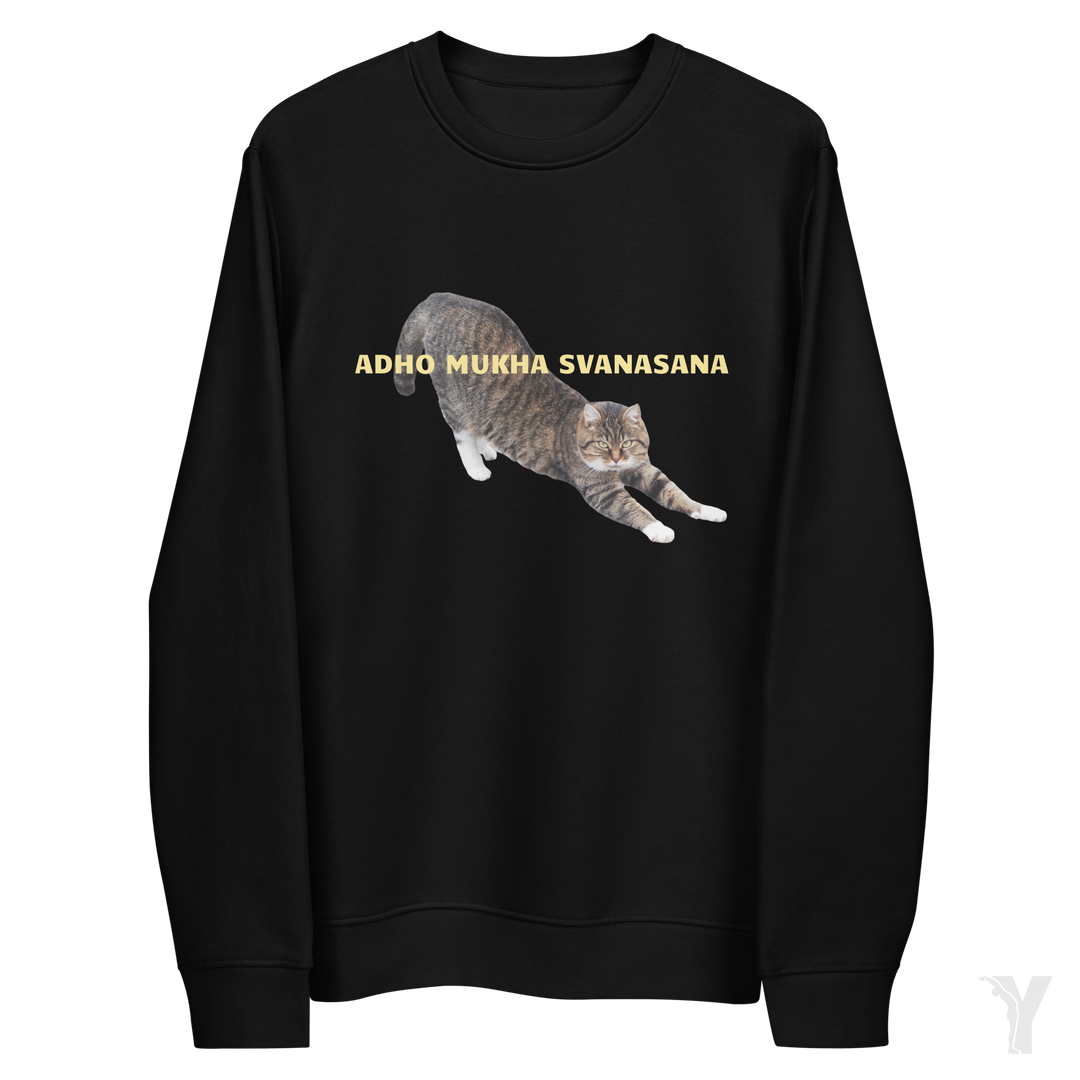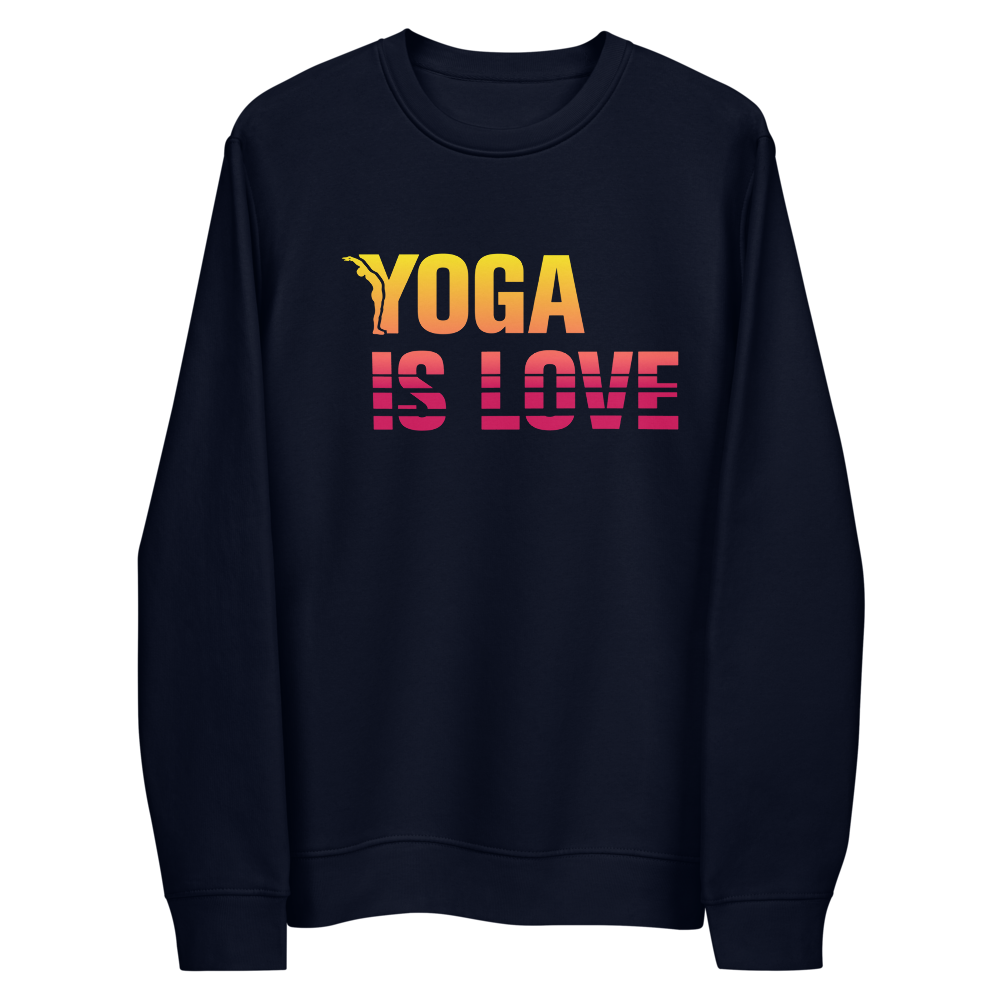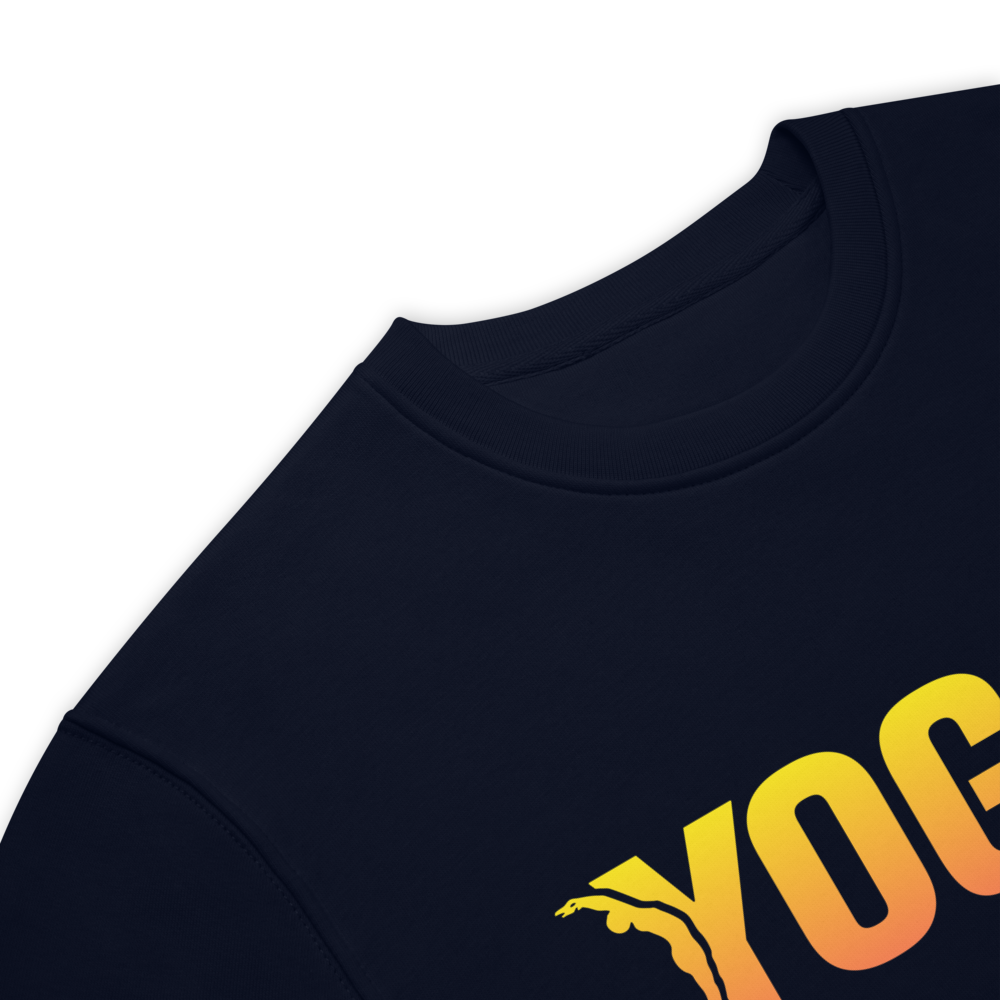Downward Dog: An Essential Yoga Pose
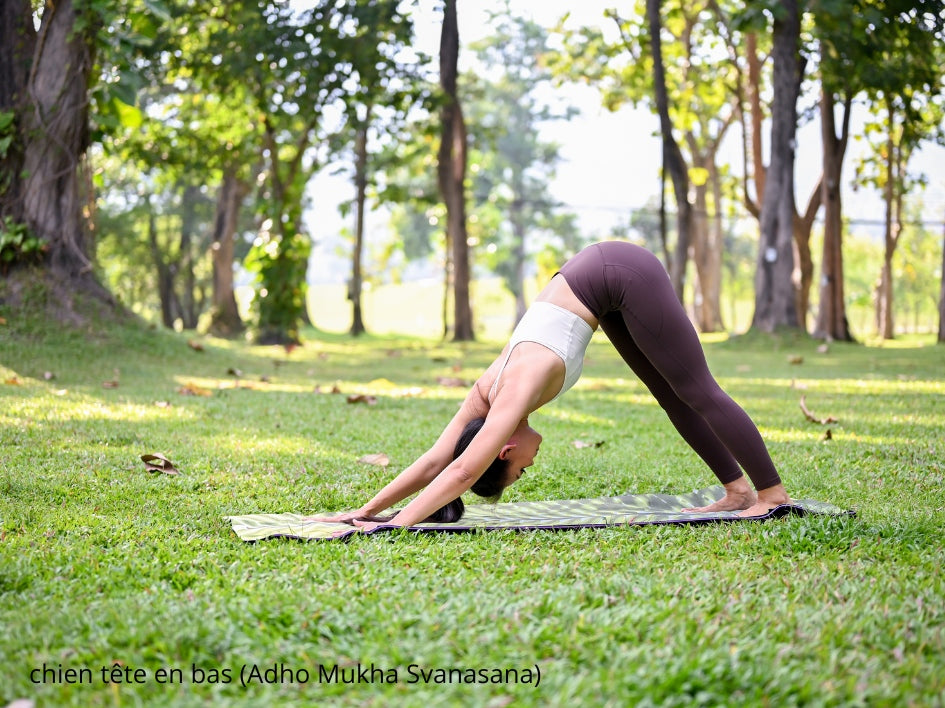
Origins and meaning of downward dog
History:
Downward facing dog is a pose that dates back thousands of years and is an integral part of traditional Indian yoga. It gets its name from the Sanskrit word "Adho" meaning "downward", "Mukha" for "face" and "Svana" meaning "dog". This pose is often compared to the way a dog naturally stretches.
Symbolism:
In yoga, downward dog symbolizes strength, stability, and flexibility. It is considered an active resting posture, allowing the body to regain energy while releasing accumulated tension.
Benefits of Downward Facing Dog
Physical:
- Improved Flexibility: This pose stretches the hamstrings, calves, and spine, promoting better overall flexibility.
- Muscle strengthening: It works and strengthens the muscles of the arms, shoulders, and legs, while toning the core.
- Spine Lengthening: By lengthening the spine, it helps improve posture and relieve back and neck tension.
- Stimulation of circulation: By reversing blood flow, it stimulates circulation and promotes better oxygenation of the brain.
Mentals:
- Stress Reduction: The inverted position helps to calm the mind and reduce anxiety, providing a feeling of relaxation.
- Improved Focus: By calming the mind, this posture improves focus and mental clarity.
Downward Dog Technique and Execution
Steps of the posture:
- Starting Position: Begin in a plank position with your hands under your shoulders and your feet hip-width apart.
- Transition: As you exhale, lift your hips toward the sky, forming an inverted "V" shape with your body. Keep your heels pointed toward the floor, even if they don't touch it.
- Alignment: Make sure your hands are shoulder-width apart and your fingers are spread wide. Your arms should be straight, with your shoulders away from your ears.
- Breathing: Maintain the posture by breathing deeply, releasing any tension in the neck and head, which should be aligned with the spine.
Tips for beginners:
- Accessories: Use blocks under the hands to relieve pressure on the wrists.
- Adaptations: Bend your knees slightly to help stretch your spine if your hamstrings are tight.
Variations and modifications
Variations for advanced practitioners:
- Three-Legged Downward Dog: Lift one leg toward the ceiling while holding the pose, intensifying the stretch and strengthening of the muscles.
- Dynamic Transitions: Combine downward dog with poses like plank or pigeon for a fluid, energizing flow.
Modifications for beginners or people with limitations:
- Bent Knees: Keep your knees slightly bent to reduce strain on your hamstrings and facilitate lengthening of your spine.
- Using a wall: Place your hands on a wall at hip height to work on alignment and stretching without putting pressure on your wrists.
5. Integration into a yoga sequence
Downward Facing Dog in Vinyasa and Ashtanga Series :
In Vinyasa and Ashtanga practices, downward dog is often used as a transitional position to link different postures. It also serves as a resting point to recover between more intense sequences.
Example of flow integrating this posture:
- Mountain Pose (Tadasana).
- Forward fold (Uttanasana).
- Plank.
- Downward facing dog.
- Warrior I (Virabhadrasana I).
- Downward facing dog.
- Child's Pose (Balasana) for relaxation.
Precautions and contraindications
Conditions to watch for:
- High Blood Pressure: Consult a doctor before practicing this posture if you suffer from high blood pressure.
- Wrist or shoulder problems: Adjust posture or use props to avoid aggravating these conditions.
Recommendations for safe practice:
- Warm-up: Make sure to warm up thoroughly before practicing downward dog, especially if you have tight muscles.
- Listen to your body: Never force a posture if it causes pain. Adapt it according to your needs and abilities.
Conclusion
Downward dog is an essential yoga pose that offers many benefits for the body and mind. By incorporating this pose into your daily practice, you can improve your flexibility, strengthen your muscles, and soothe your mind. Whether you're a beginner or an experienced practitioner, feel free to explore variations and adaptations to get the most out of this pose.
So, roll out your mat and let yourself be guided by the revitalizing power of downward dog!


